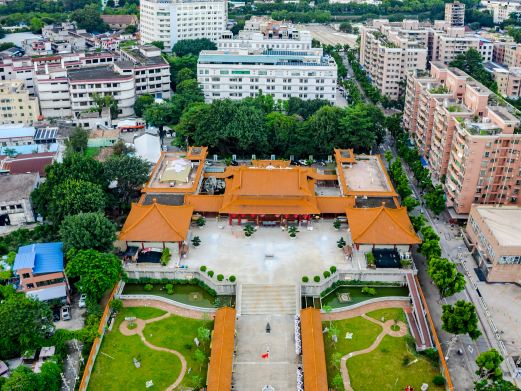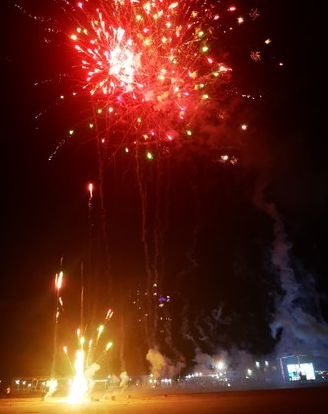Gongcheng Confucius Temple, originally established during the Yongle reign of the Ming Dynasty (1410 AD), was first located at the northwestern Phoenix Mountain in Gongcheng County. Later, during the Daoguang period, it was relocated to its current site, reconstructed based on the model of the Confucius Temple in Qufu, and took two years to complete, becoming the largest Confucius Temple in Guangxi. The temple faces north and overlooks the Chajing River, with its back to Yinshan, built against the mountainside in a tiered arrangement, exuding solemnity and reverence.
The entire temple covers an area of 3,600 square meters, with access through two side gates. The eastern gate is named the Gate of Rites, and the western gate is named the Path of Righteousness. Outside the gates stands a prohibition stele inscribed with ‘Civil and military officials must dismount here,’ signifying the sanctity of the Confucius Temple.

The facade is a screen wall without a main gate, which is said to be opened only when someone becomes the top scholar, known as the Scholar’s Gate. It is believed that only the top scholar is entitled to enter through the main gate into the Lingxing Gate. After the founding of the People’s Republic of China, the Scholar’s Gate was opened for the convenience of visitors.

The Lingxing Gate is said to have been used in the Confucius Temple following the command of Emperor Gaozu of Han to worship Lingxing, with the underlying meaning of ‘those who respect heaven, respect Confucius.’ The gate is entirely constructed from bluestone, inscribed with the three large characters ‘Lingxing Gate,’ along with reliefs of a pair of dragons playing with a pearl and a pair of phoenixes facing the sun.

Ascending two platforms from the Lingxing Gate leads to the Dacheng Gate. The Dacheng Gate is made of wood, with intricate carvings of flowers, birds, insects, and fish on the door panels, all lifelike. To the east of the Dacheng Gate is the Hall of Eminent Officials, and to the west is the Hall of Local Worthies, both serving as places to worship the sages and Confucian scholars of past generations, with a total of 143 spirit tablets.
Gongcheng Confucius Temple
Gongcheng Confucius Temple, originally established during the Yongle reign of the Ming Dynasty (1410[...]









